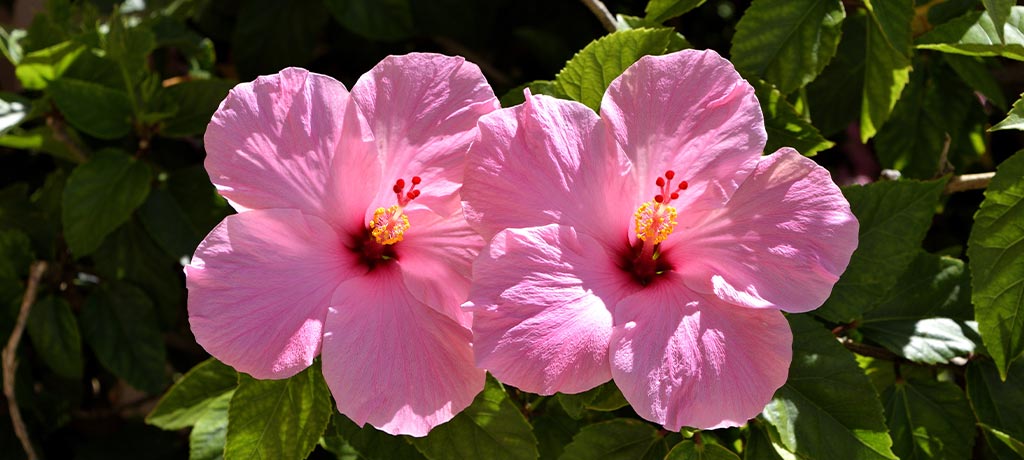The good news is that all the weather forecasters were wrong. With the top minds around the world and all their technology all telling us to brace for the worst storm season yet, it’s a Blessing to know just how wrong they can be.
The bad news comes from what the forecasters did not predict, the driest spring in more than 50 years. Many of you who are “year-rounders” know just how dry it was. South Florida Water Management (SFWM) enforced their 2 day per week water restrictions and because the demand for water was so high during the allowed watering hours, it greatly reduced our water pressure. In many cases there was not enough pressure to pop up a sprinkler. In the drought, we watched as many of the lawns in Southwest Florida simply perished. The rains that we normally would have received in May did not make it here until mid June. By that time the temperatures were reaching 95 degrees. Needless our irrigation of 2 days per week and low water pressure was barley sufficient to keep a cactus alive let alone our thirsty lawns, in many places they just did not stand a chance.
The Ugly is the result of the drought. Where the St. Augustine lawns died and declined, weeds, Bermuda and Carpet Grass took over. Most turf weeds such as Mimosa and Spurge are much more drought tolerant than St. Augustine and therefore naturally started to fill some of the bare areas. With so many golf course communities we also saw our share of Bermuda grass take hold where it could. Bermuda seed is “ever present” when you live near a golf course. Simply mowing the golf course grass is enough to send Bermuda seeds flying for miles. Let us not forget one of our least favorites, Carpet Grass. Carpet Grass can be found in golf course preserve areas, along our highways and in almost any open field. Any strong wind will deposit seeds in our turf. During the summer months Carpet Grass spreads like wild fire. It will out grow St. Augustine grass 3 to 1 and will tolerate drought conditions where you could never get St. Augustine to grow. Carpet Grass however, will not tolerate frost or near frost conditions. Soon we will see large brown patches where Carpet Grass exist. The top foliage will die while the roots stay alive. It may seem like we are making progress until the onset of spring when the remaining roots send out new sprigs of Carpet Grass.
Another method that is effective in helping to solve this dilemma is reducing the amount of irrigation water used. This is most effective in shady areas or areas of poor drainage and will also force the turf to sink their roots deeper into the soil. Reducing the amount of water will also create a healthier turf that will have more access to nutrients that are beyond the reach of shallow roots. A deeper root system will also help the turf to resist fungus and disease and become more drought tolerant while reducing your water bill. We encourage most communities that we work with to accept a watering schedule of two days per week for turf areas during the winter months. Broadleaf weeds will still be able to grow in these conditions but will be much less aggressive. Another way to reduce the amount of Dollar Weed is to increase the amount of direct sunlight; this can be done with proper and regular tree trimming in some areas and reducing large hedges and plantings that cast shadows causing shaded areas.
There are no chemicals available to kill either Bermuda or Carpet Grass with out killing the surrounding St. Augustine. The normal treatment is done with good ole Round up. This insures that the roots will die along with the top growth then re-sod. There are preventative chemicals available to keep Carpet Grass seeds from germinating.
Unfortunately these chemicals are only marginally effective at best and are also extremely expensive. It is for these reasons that Greenscapes can not include the elimination of Bermuda or Carpet Grass in our maintenance contracts.
It is a struggle to keep our lawns looking their best and the weather played a major role in causing these conditions but, lets agree that it’s better than a busy hurricane season.


